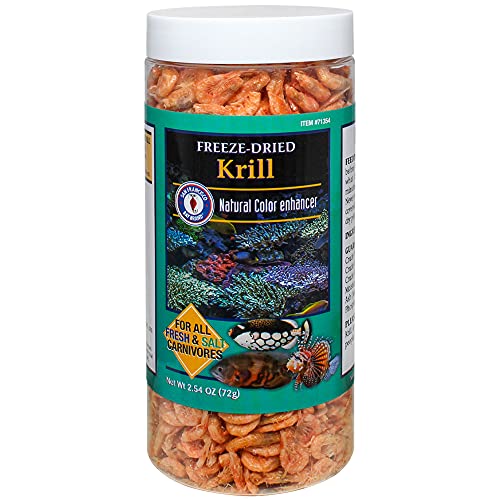the6goat6man6
Well-known member
sorry 40gal display 20/20
its good to know i haven't done anything to be too worried about. I do plan to set up my 150gal tall. So i will take all this into consideration when setting it up.
If i am relying on the DSB for filtration, how much should i have in the display? and very little in the fuge, about 1-1.5in? And about 1 lbs./gal Live rock? I am still unsure about flow, I read that total flow includes all pumps for movement too (main pump+hydors=total flow?). I was also told flow should be 10x? Then i was told not?
I'm not sure my exact flow-i use 2 koralia nano 240gph (switching back and forth)
1 power head 106gph behind rocks (switching)
1 external overflow 600gph max (valved down abit)





























































